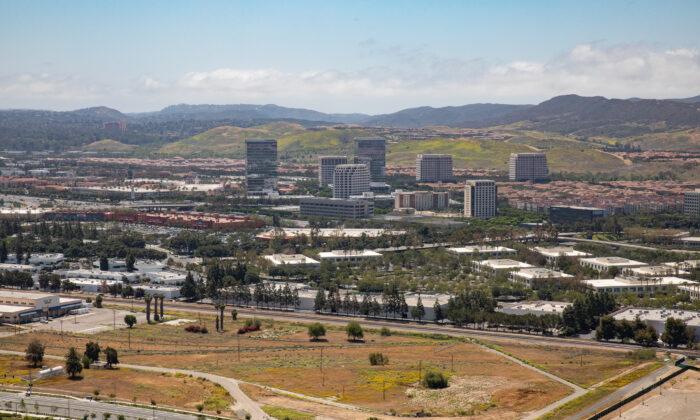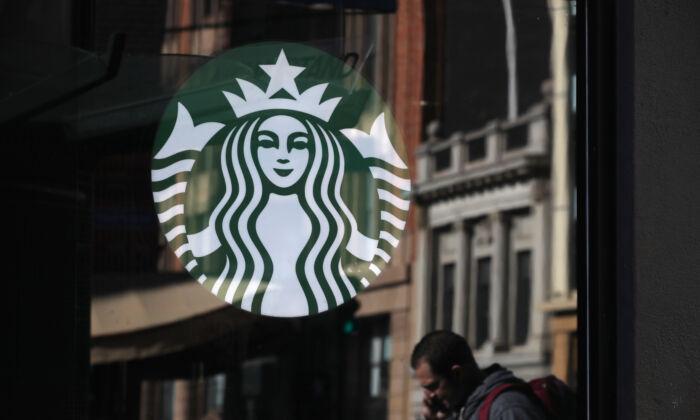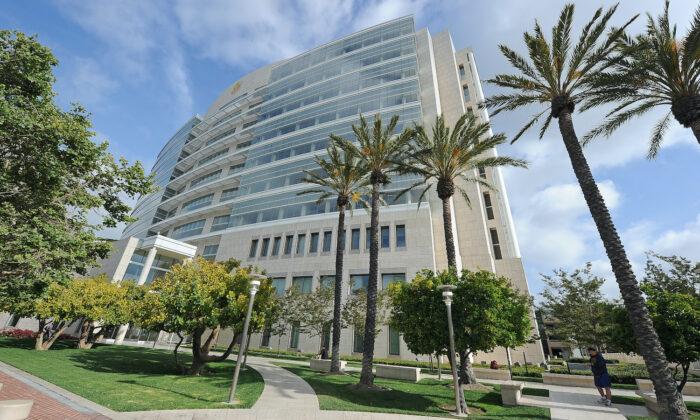The City of Irvine received its name from the Irvine family, who established the company that designed the city known today.
California was originally part of Mexico, and after the country gained its independence from Spain in 1821, land was given as grants to eligible citizens. Three large Mexican grants—Rancho Santiago de Santa Ana, Rancho San Joaquin, and Rancho Lomas de Santiago—were the foundational plots of land that would form Irvine.
Many Mexican landholders lost their ranches after the end of the Mexican-American War when California was annexed to the United States. In 1868, Rancho Santiago de Santa Ana was divided between four sheep ranchers—one of which was James Irvine I.

James Irvine I was an Irish immigrant who traveled to the U.S. at only 19 years old when the famous potato famine struck Ireland. Despite starting out as a poor man, Irvine was able to acquire a large plot of land known as the Irvine Ranch. This success eventually made Irvine one of the wealthiest men in California at the time.
Irvine once wrote, “I tell you a boy cast upon the world with not a dollar in his pocket, with none within reach ... but absolute strangers and without ... a claim upon any of them, is in a position to appreciate the value of a helping hand.”
Irvine gradually acquired portions of all three original land grants. In 1878, Irvine completed his 110,000-acre ranch, which stretched 23 miles from the Pacific Ocean to the Santa Ana River.
James Irvine, Sr.—the son of James Irvine I—was born in California in 1867. When he was just 18 years old, his father died, leaving him Irvine Ranch.

The ranch soon evolved into the Irvine Company, an agriculture operation that later turned to real estate investing. Irvine, Sr. then created the Irvine Foundation in 1937, designed to give grants to support educational, cultural, health care, and community service organizations.
According to the Irvine Historical Society, a sign once hung over Irvine’s office that said, “Often the best way to show warm sympathy is with cold cash.”
Eddie Martin was an aviation enthusiast who was given the opportunity to open the Eddie Martin Airport on the Irvine Ranch. Before he died in 1990, Martin made a record of his relationship with James Irvine, Sr.
According to James Irvine, Jr.—the third in the line with that name—James Irvine, Sr. did not approve of aviation. At first, Martin was poaching an unusable portion of the land for a landing strip. The Irvines knew about it but didn’t complain since he was doing them no harm.
James Irvine, Jr. told Martin he would convince his father to allow him to open an airport. Three or four months later he was called back and given a five-year lease, starting at $35 a month that would raise $5 each year. Martin wrote that “[Mr. Irvine] was real congenial.”
Farmer Ernie Lagier wrote, “Mr. Irvine was one of the finest people I have ever met in my life, and as long as you weren’t trying to take him for something, why, he would stand behind you.”

Like his father, Irvine, Sr. loved agriculture and developing the land. He shifted the ranch’s focus to growing olives, citrus groves, and field crops such as lima beans and wheat.
Since the land along the coastline was not appropriate for agriculture, he sold what would later become Newport Beach to civil engineer George E. Hart in 1906.
Agricultural production on the ranch continued to grow during World War I, then some of the land was sold to the government to become two Marine Corps air facilities during World War II.
Irvine, Sr. died in 1947 and his other son Myford Irvine became president of the company. Myford’s contribution to the city’s history was allowing urban development in small areas of the ranch. He died in 1959, the same year the Irvine Company sold 1,500 acres of land to the University of California for the construction of the Irvine college campus.

The Irvine Company is the founder and designer of the city, which was officially incorporated in 1971. The development of the college campus inspired residential and recreational areas, industrial parks, commercial centers, and greenbelts that would sustain tens of thousands of people.
By May of 2015, Irvine’s population was over 250,000 people in an area of land around 66 square miles.
The Irvines’ ability to cultivate the Irvine Ranch from such humble beginnings contributed to the city’s great success today.
![Irvine Regional Park statue of James Irvine II. (Tracie Hall/Wikimedia Commons [CC BY-SA 2.0 (https://creativecommons.org/licenses/by-sa/2.0/)])](/_next/image?url=https%3A%2F%2Fimg.theepochtimes.com%2Fassets%2Fuploads%2F2022%2F07%2F15%2FJames-Irvine-Statue-1200x1113.jpeg&w=1200&q=75)
The only remaining historical artifact from the original Irvine Ranch is a building that now serves as the Irvine Historical Museum. The structure originally functioned as a cooking wing for the cattle and sheep camp near the original San Joaquin Ranch house. The ranch house was torn down in 1971 during the construction of a golf course.
Today the Irvine Company is a real estate investment company run by an independent board of directors. The company still owns most of the land in the City of Irvine and helped the city become “one of America’s most desirable regions,” according to the company’s website.




